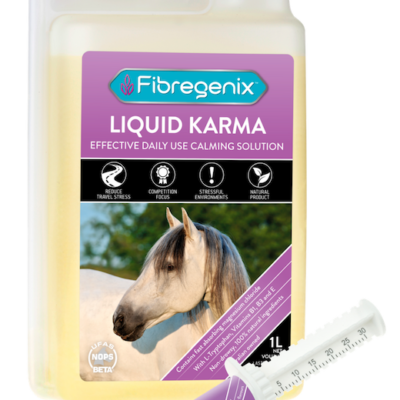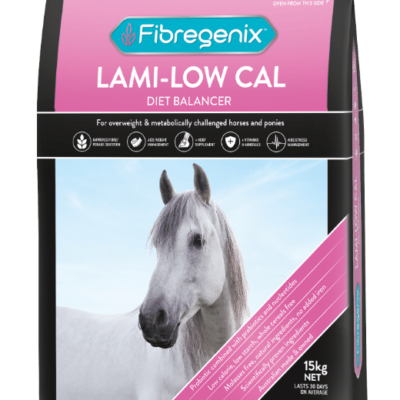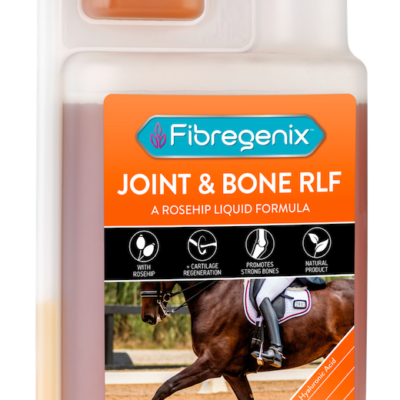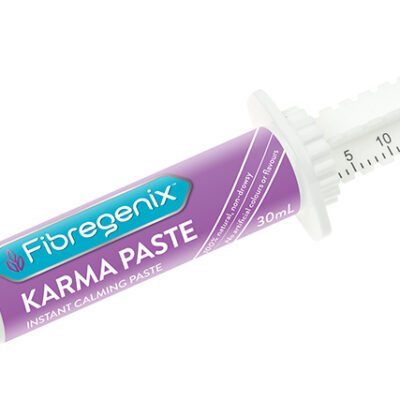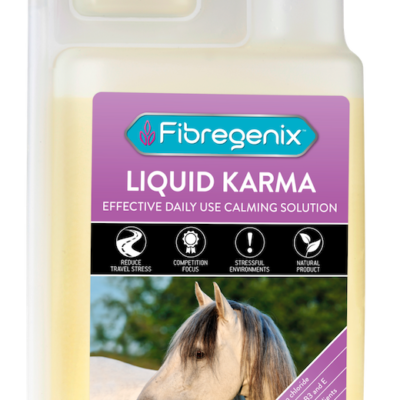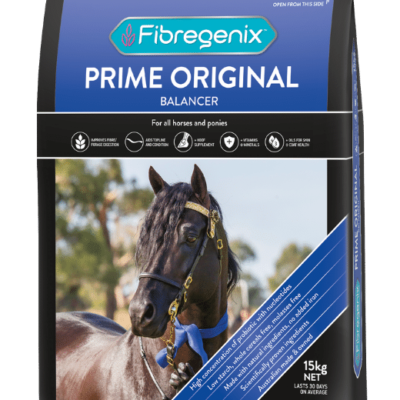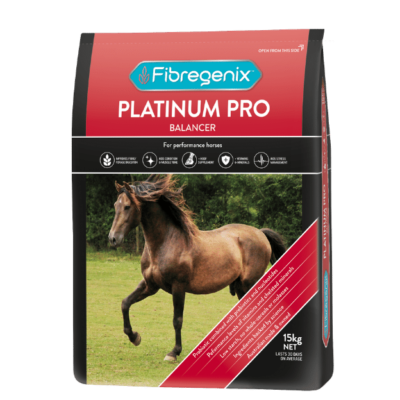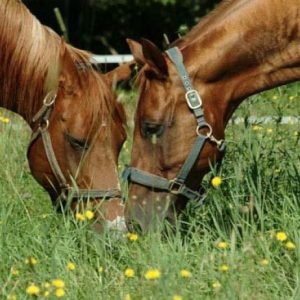 WHAT ARE MYCOTOXINS?
WHAT ARE MYCOTOXINS?
Mycotoxins are a worldwide microscopic menace and are a serious danger to your horse’s health…
Myco is the Greek word for fungus. Whilst toxins simply means poisons which are produced in various types of fungi.
WHEN ARE THEY MOST PREVALENT?
Autumn is usually the prime time for mycotoxin growth essentially because rainfall becomes more prevalent coupled with cooler conditions. However, mycotoxins can occur at any time of the year when conditions favour fungal growth. Here, in Western Australia, the winter months have been significantly wetter than previous years interspersed with mild, warm weather conditions. These conditions have resulted in vets recently reporting a significant increase in cases of rye grass staggers.
Furthermore, any time grass is actively growing and producing bright green foliage, there’s an added risk for grass staggers (tetany). This is a result of a surge in potassium and NSC (grass fructan) levels …
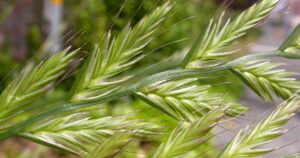
annual ryegrass seed head
Some mycotoxins live inside the plant (endophytes). For example, Perennial rye grass contains the endophyte, Neotyphodium lolii, which produces the harmful mycotoxin Lolitrem B. Another mycotoxin affecting rye grass and fescue grass species is Ergovaline – a vaso-constrictor.
Others can be found externally on the plant in the form of a ‘gall’ or growth. For example, Annual rye grass, can develop a highly poisonous bacteria form on the seed heads, also causing staggers symptoms. Significantly, even when cut for hay, the toxin can remain for years during storage.
Causes of Annual Ryegrass Toxicity in Horses
- Parasites eg the nematode Anguina funesta, which carries the bacterium Rathayibacter toxicus into the ryegrass seed heads
- The horse ingests contaminated ryegrass while foraging
- The horse is fed hay or grain that has contaminated ryegrass
- Hay is prepared in contaminated machinery, then fed to the horse
- The central nervous system is affected by corynetoxin produced by Rathayibacter toxicus
Symptoms of Annual Ryegrass Toxicity in Horses – what makes them a danger to your horse’s health?
After the toxic ryegrass is ingested by the horse, it can take 4-5 days before clinical signs develop. However, some horses can show symptoms very quickly, often overnight.
Symptoms may include:
- A lack of coordination
- Falling
- Convulsions
- Stiff legs to the point of looking lame
- Tremors
- Pregnant mares may abort their foal
- The horse becomes anxious, is spooked easily
- Dragging of hind limbs or stepping short
- Drooling
- Muscle twitching
- A wide-based stance
- Exercise or excitement may trigger reoccurrence of the symptoms
- Staggering
- Weakness
- Death
Mycotoxins can also be prevalent in the surrounding soil. Particularly in the low PH soil typical in Australia and in any decaying matter. In fact, there are hundreds of different mycotoxins in and around all pasture types. Moisture in the air plus warmth means ideal conditions for them to thrive and develop. You may have noticed mushrooms or other fungal growth popping up in your paddocks or muck heap during this weather. And when these are growing well, the endophytes within ryegrass are also likely to be doing well.
MYCOTOXINS IN GRAIN
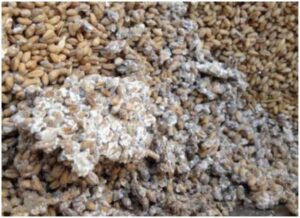
mould growing on grain
It’s been estimated by he WHO that some 25% of the world’s grains have some form of mycotoxin contamination.
The most studied of these is aflatoxins derived from Aspergillus moulds. These are prevalent in grain that’s under drought and insect stress, with prolonged periods of hot weather. Aflatoxin is a cancer promoter and an immunosuppressant and has a huge impact on livestock.
There are two main groups of fungi producing mycotoxins that are a serious danger to your horse’s health. They are the field fungus Fusarium, which produces the toxins fumonisin, zearalenone and T2. Additionally, there is also the storage fungus Aspergillus, which produces the toxins aflatoxin and ochratoxin. Fumonisins are a group of toxins most prevalent when cool wet weather at crop maturity follows early season drought stress. Studies show that horses are highly susceptible to liver damage and to the brain disease leukoencephalomalacia at fumonisin levels above 10 ppm.
MYCOTOXINS AND THEIR EFFECT ON PERFORMANCE HORSES

One of the major causes of poor performance in horses are respiratory infections. Eg recurrent airway obstruction (RAO) (similar to asthma in humans), and exercise induced pulmonary haemorrhage (EIPH). Fungi and mycotoxins are now recognised as a major cause of these conditions, both by ingestion and inhalation. Fungal spores can originate from forage, bedding and feed and can even grow in baled hay with high moisture content. In turn, these fungal spores can produce a series of mycotoxins as secondary metabolites. The most notable fungi being Aspergillus and Fusarium. If you’re keen to read more on this topic plus the interesting study accompanying it, please go to the link below….
Source: Buckley, T., Creighton, A. & Fogarty, U. Analysis of Canadian and Irish forage, oats and commercially available equine concentrate feed for pathogenic fungi and mycotoxins. Ir Vet J 60, 231 (2007). https://doi.org/10.1186/2046-0481-60-4-231
Fibregenix’s Added Bonus Mycotoxin Binder
Fibregenix Lami Low-Cal is our specialist diet balancer primarily formulated for overweight and laminitic equines. This category will often need to be taken off grass or have severe restrictions during the riskier seasons. Many will need yarding with hay as the best interim solution. Lami Low-Cal balancer will ensure your horse or pony has his daily nutrient requirements met in full when on forage only. However, we also wanted to go one step further and include protection from mycotoxin exposure. This is why, as an added bonus we have included a superior mycotoxin binder to give you peace of mind that your horse or pony’s risk of exposure to mycotoxins is minimalised.
Mycofix 5.E– The Next Generation in Mycotoxin binders…This unique binder uses three modes of targeted action for the most complete mycotoxin risk management of any mycotoxin binder.
- adsorption – contains an EU authorized bentonite that selectively binds more than 90% of aflatoxins
- biotransformation – targeted enzymes and biological components that convert mycotoxins into nontoxic, environmentally safe metabolites in the digestive tract.
- bioprotection – an innovative mix of natural ingredients that provide immune support and counter the harmful effects of mycotoxins to deliver absolute protection.
These 3 things make this specific MT binder the most scientifically advanced mycotoxin protection available.
Take Home message
Mycotoxins are the invisible danger to your horse’s health because they don’t show up in blood tests.
Never feed mouldy hay or feed.
Ryegrass staggers is only fatal in the most severe of cases. Most horses will be well within one or two weeks, once the toxic feed source has been removed from their diet.
Feeding a mycotoxin binder can speed up recovery.
Purchasing rye grass hay, whether Perennial or Annual, even if combined with other grass or cereal hays? Always check whether the hay has been certified as endophyte free or RGT tested. Any hay grower worth their salt will go to the extra expense of having their hay tested.
Beware of cheap hay being advertised for sale. The seller may not be aware of the source or may not be aware of the potential risks to the end consumer ie your horse.

